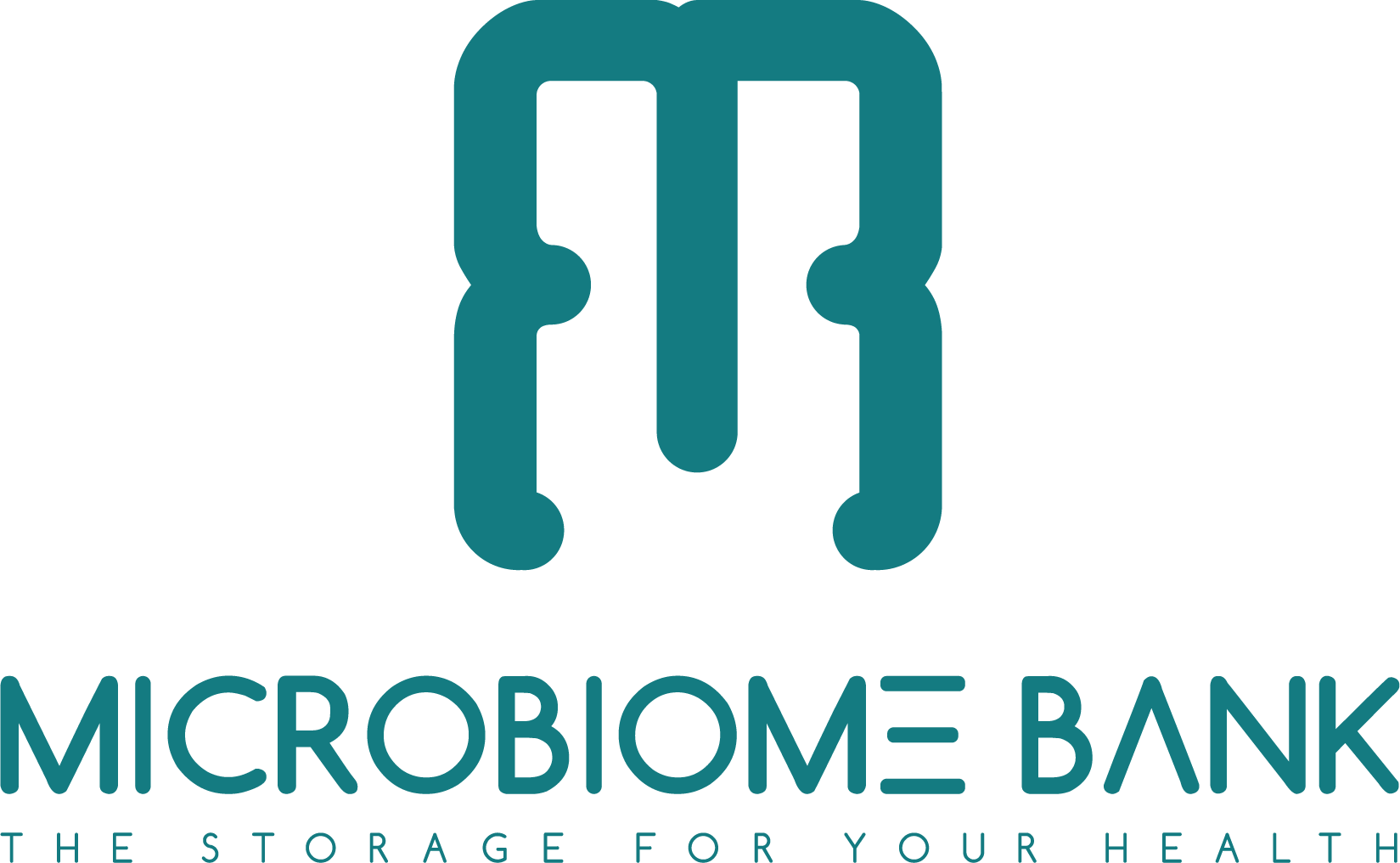I Sequenced My Gut—Here’s What I Found
It wasn’t just curiosity anymore - it was accountability. After months of restructuring his habits, feeding his microbes, and testing the limits of rhythm and food, he wanted to see if the inside reflected the effort. Who exactly was living in him now?
He had always warned patients not to overinterpret microbiome kits. Most sequencing services analyze a tiny stool fragment, usually from the surface. But the gut is heterogeneous: mucosal layers, lumen, and stool all harbor different residents. A single scoop can give a partial - or even misleading - story.
So he tried something different. He homogenized an entire stool sample before sending it off. Messy, yes. But to him, more honest. If he was going to look into his microbial mirror, he wanted the whole reflection.
The results were not sterile bar graphs - they were stories. His butyrate producers - Faecalibacterium prausnitzii, Roseburia, and Eubacterium hallii - were thriving, just as he had hoped after months of fiber, lentils, and fermented foods. These were the “peacekeepers,” producing short-chain fatty acids that calmed inflammation and sealed the gut lining. Akkermansia muciniphila had climbed as well, a quiet sign that his mucus barrier was thicker and more resilient. That felt like a win.
But not everything was ideal. His Bifidobacterium longum remained low, despite some kefir and inulin. And Prevotella copri appeared at high abundance - sometimes a marker of efficient carbohydrate metabolism, but also associated in some studies with inflammatory states. The functional analysis added another layer: underexpression of acetate-producing pathways, suggesting weaker gut-brain appetite signaling. It wasn’t bad news. It was data.
He resisted the urge to label anything “good” or “bad.” Just as always. He knew better. Microbiota composition is context-dependent - what looks like a red flag in one person can be beneficial in another. He adjusted lightly: more inulin, gentler ferments, less overthinking. No panic, just calibration.
What struck him most was not a single species, but the pattern. Keystone butyrate producers strong. Mucosal specialists rising. Certain pathways underpowered. It looked less like a diagnosis and more like a diary - written in DNA fragments, metabolic whispers, and shifting balances.
The lesson was simple: a microbiome test is not a verdict. It’s a snapshot of probabilities, tendencies, and directions. It can guide, but never define. What mattered more was the trajectory - how food, sleep, stress, and time kept reshaping the matrix.
And so he left the printout in his drawer, not as a prescription, but as a compass. A reminder that the gut is not static. It’s alive, responsive, and - if treated with care - willing to adapt.
Next week: “Fiber: The Forgotten Fuel” — how doubling his intake stabilized not just digestion, but mood and energy.


